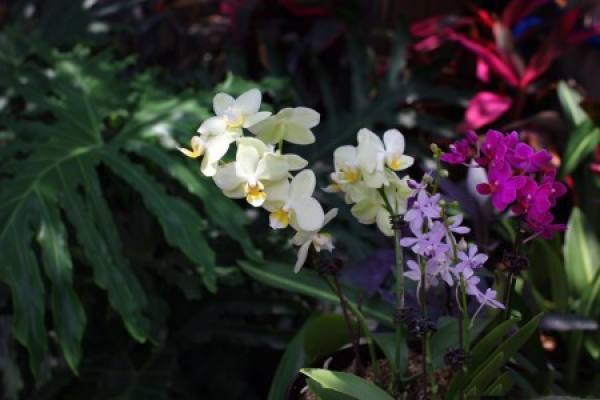Reason: Phalaenopsis is suitable to grow in half shade environment, and it is not suitable to receive strong light. Strong light can burn leaves, leading to black spots.
Solution: put Phalaenopsis in a cool and ventilated place. Wait for the leaves to recover, and then move to the astigmatism. Outdoor planting, you can properly shade, avoid the sun at noon.

Cause: Phalaenopsis has a high requirement for air quality, and its growth is not suitable in an unventilated environment. Smoke and dust will cause more damage, making leaves appear black spots.
Solution: put Phalaenopsis in a well ventilated place. Pay attention to the cleaning of the room and keep it clean. Wipe the blade with clean cloth regularly to avoid dust absorption.

Reason: fertilizer drips on the leaves of Phalaenopsis carelessly, it is easy to cause black spots on the leaves.
Solution: be careful when applying fertilizer. If this happens again, wash the fertilizer off the leaves with clear water at the first time and wipe it with a rag.

Cause: high temperature and poor air circulation in summer, Phalaenopsis is prone to anthrax, which can cause black spots on the leaves.
Solution: put Phalaenopsis in a cool and ventilated place, and spray water regularly to cool down. Cut off the sick leaves to avoid infection. In addition, spray carbendazim once every half a month to avoid recurrence.